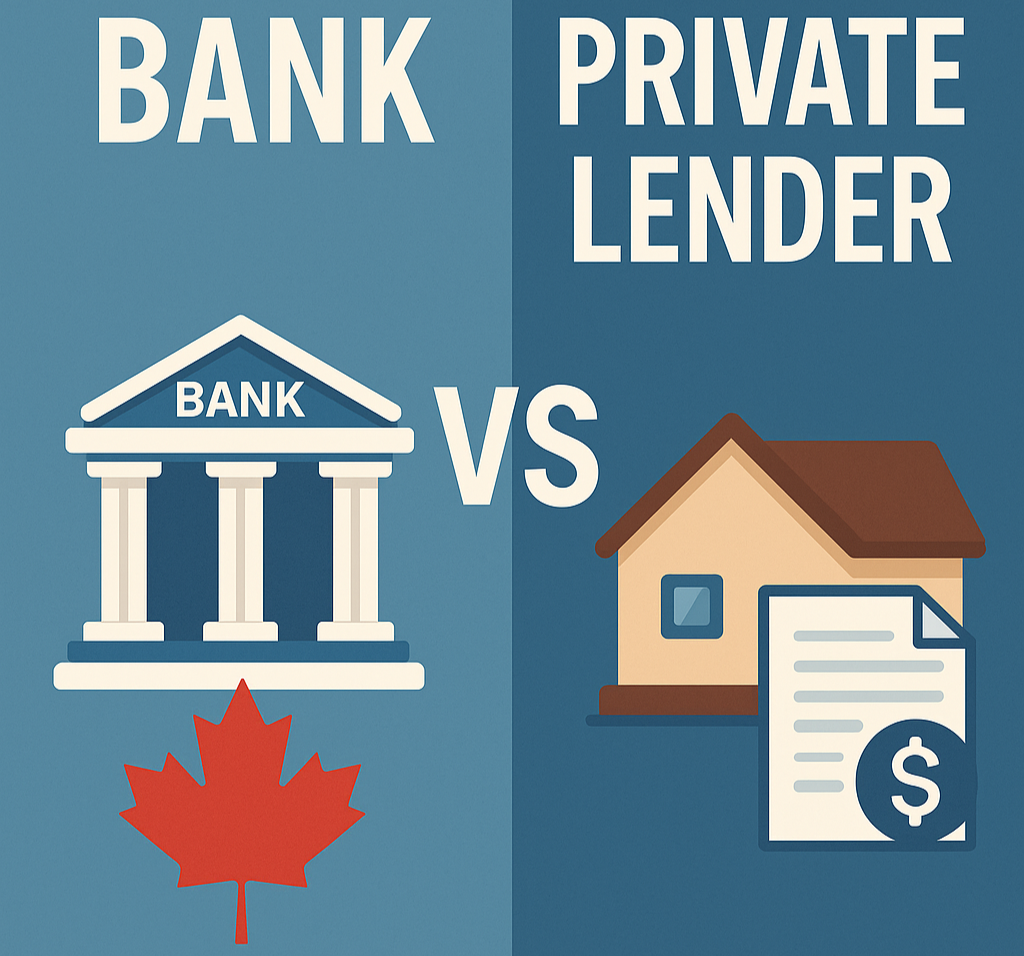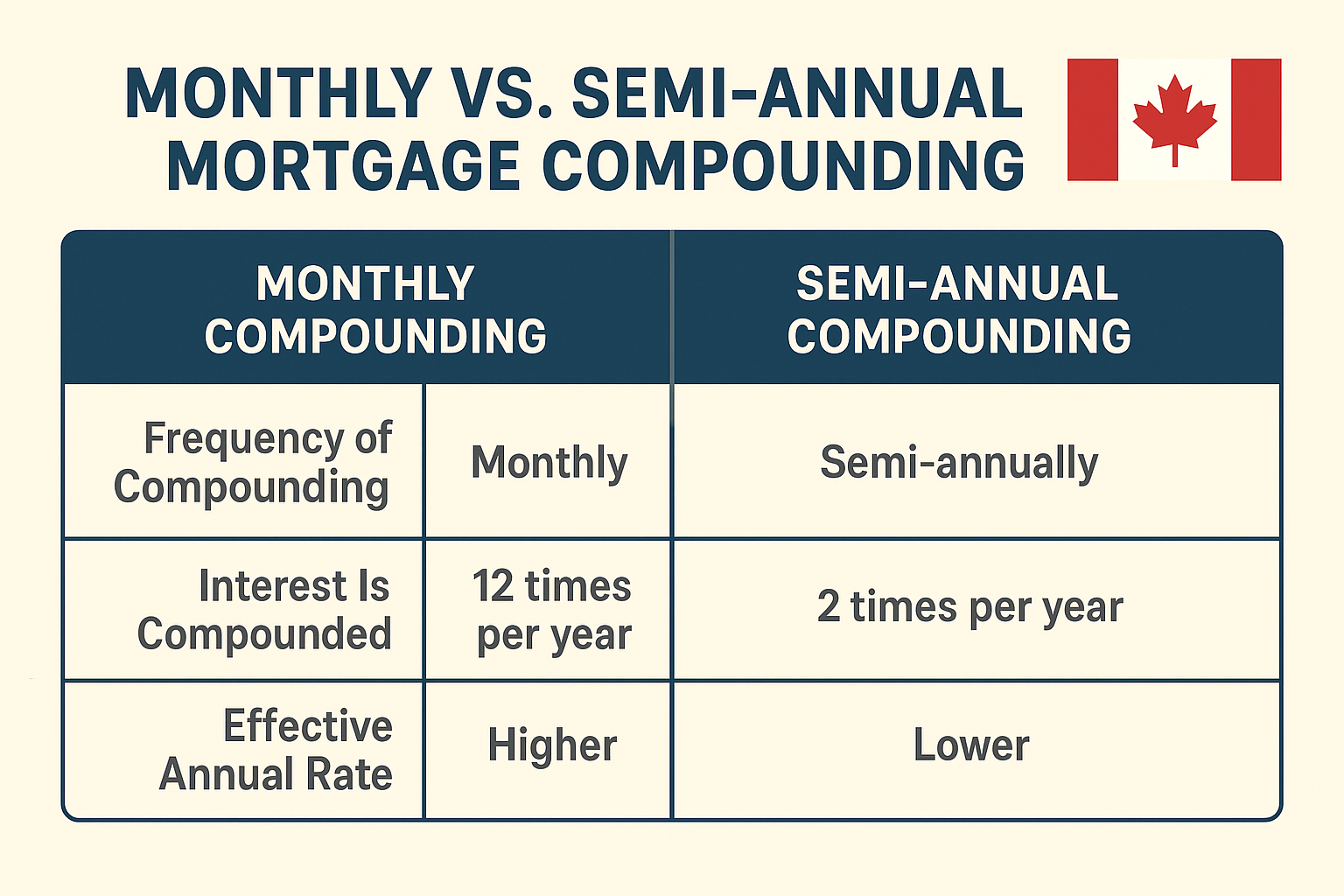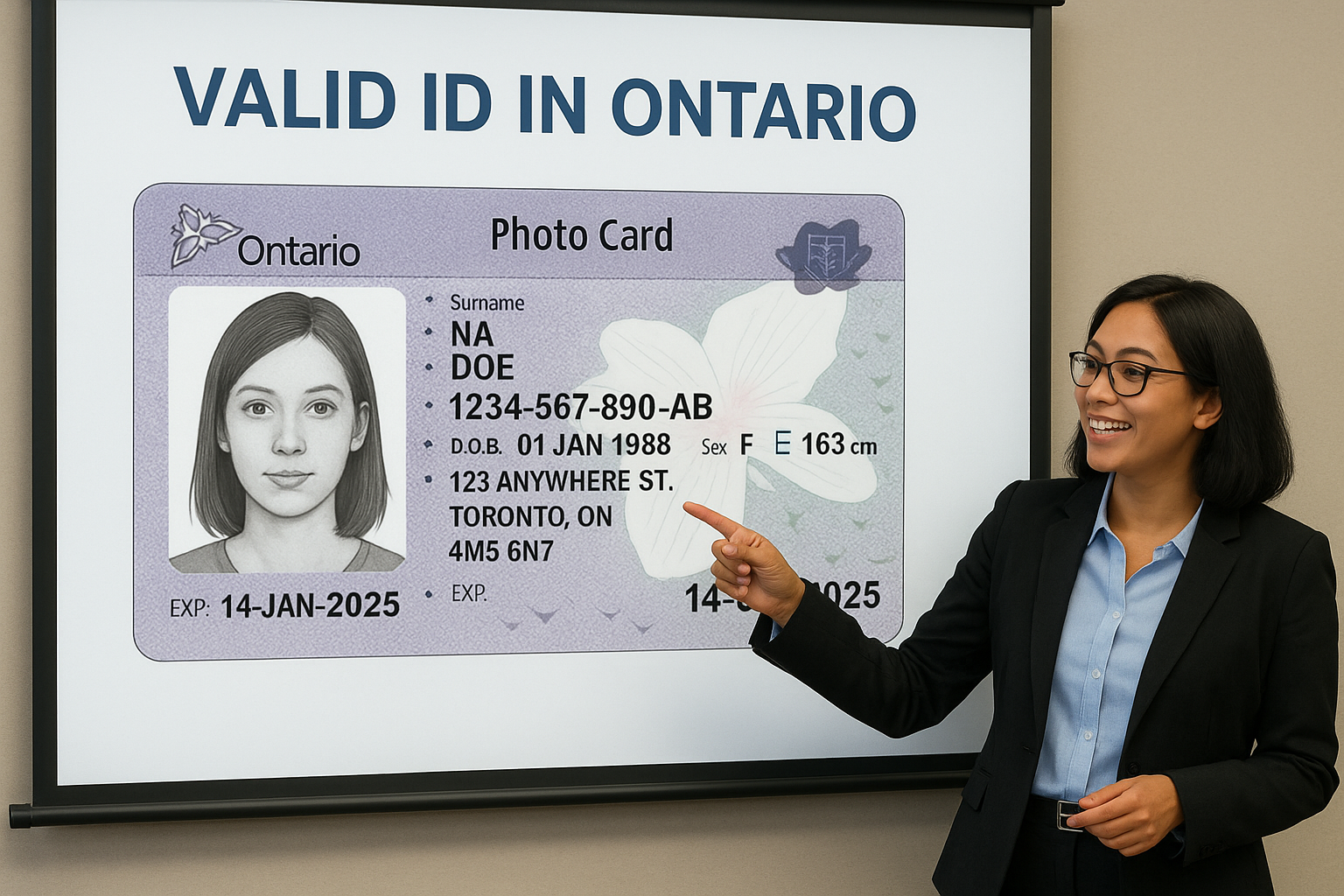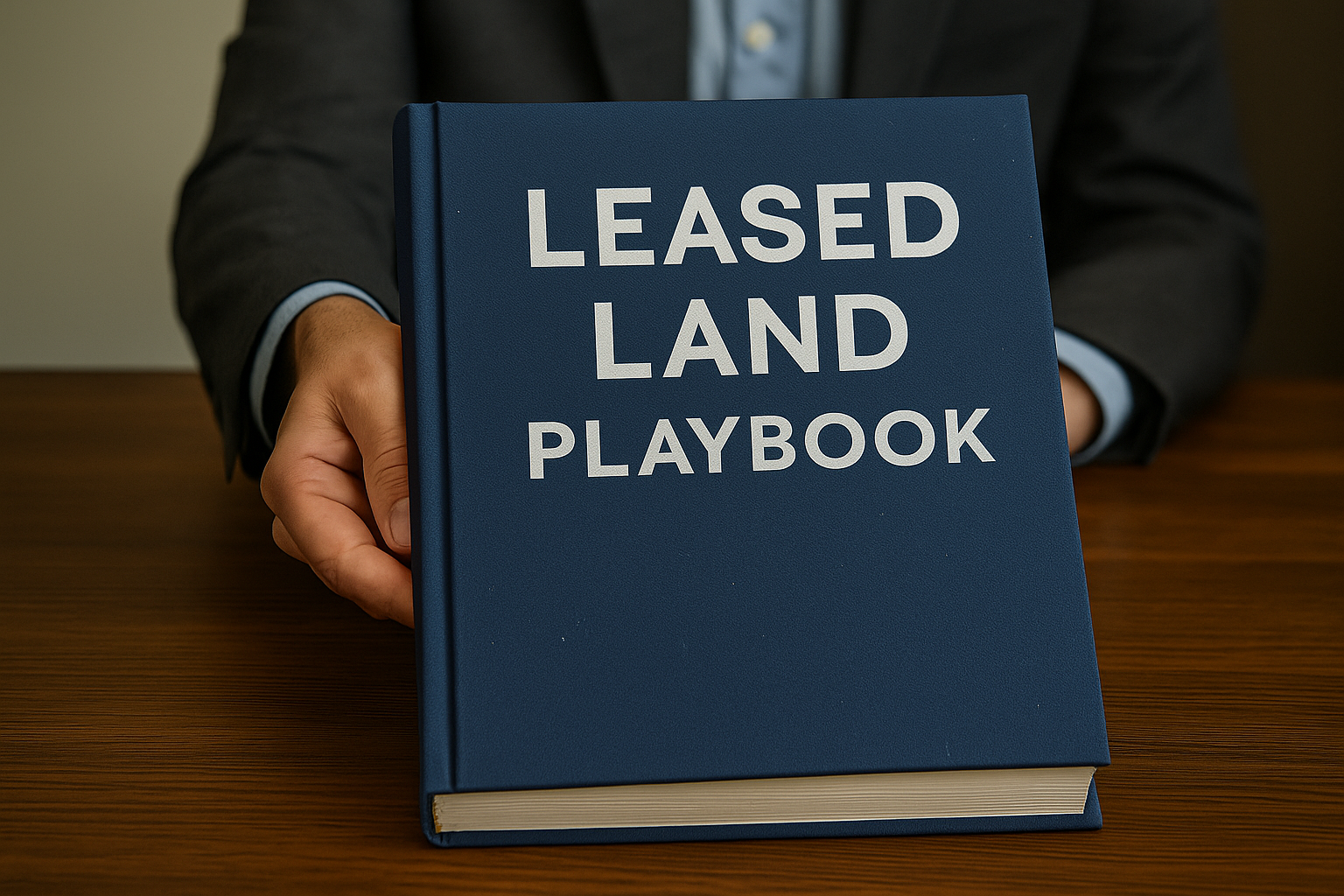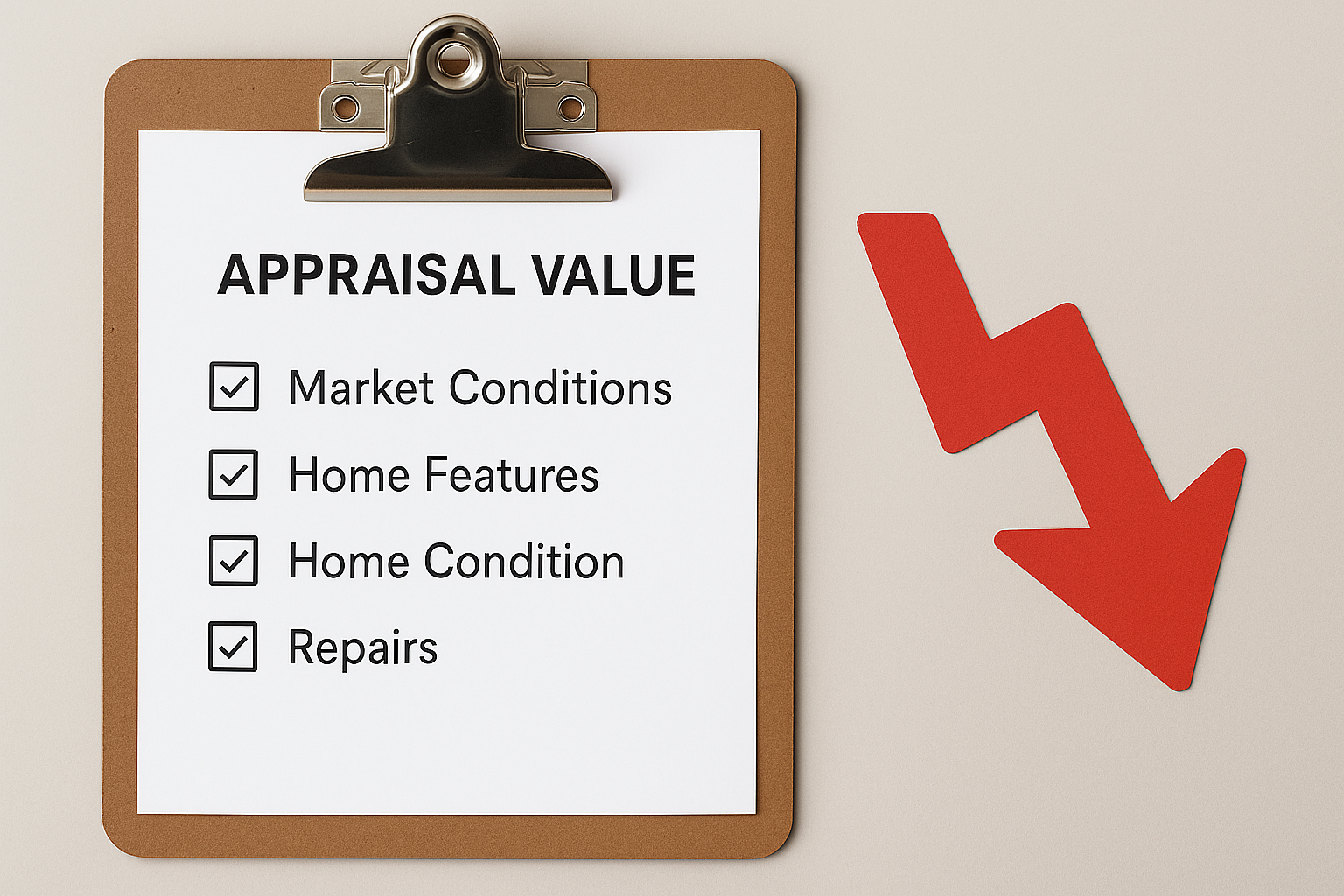When it comes to borrowing money—especially for big decisions like refinancing, renovations, or dealing with debt—Canadian homeowners often find themselves asking: Should I go with a bank or a private lender?
While both options provide access to mortgage financing, the path they take and the people they serve can be dramatically different. Whether you’re self-employed, have bad credit, or are facing a power of sale, understanding how each lender operates can make all the difference in your financial journey.
Let’s explore the key differences between a bank and a private lender, who they’re best suited for, and how to make the right decision for your situation.
Table of Contents
ToggleBanks vs. Private Lenders: A Quick Overview
In Canada, mortgage financing typically comes from two types of lenders:
-
Banks (Traditional Lenders): Regulated financial institutions like RBC, TD, BMO, and CIBC.
-
Private Lenders: Individuals or mortgage investment corporations (MICs) that lend their own money based primarily on home equity.
Banks are a great fit for borrowers with strong credit, stable income, and documented financials. On the other hand, private lenders step in when banks say no, whether due to credit issues, self-employment, or time-sensitive situations like power of sale.
How Banks Work: Traditional Lending Explained
Banks follow strict lending guidelines regulated by OSFI (Office of the Superintendent of Financial Institutions). To qualify for a mortgage through a bank, you’ll typically need:
-
A credit score of 680 or higher
-
A stable, provable income
-
Low debt-to-income ratios
-
CMHC mortgage insurance (if the down payment is under 20%)
Banks offer the lowest interest rates and the longest amortization periods—usually 25 to 30 years. They’re ideal for well-qualified borrowers planning long-term financial stability.
Example:
John and Lisa, both salaried employees with credit scores above 700, applied for a $350,000 mortgage to renovate their home. Their bank offered them a 5-year fixed rate at 5.5% with minimal lender fees.
But what if your situation isn’t so straightforward?
How Private Lenders Work: A Flexible Financing Option
Private lenders cater to borrowers that traditional institutions often turn away. They don’t rely heavily on your credit score or income. Instead, they focus on:
-
The equity in your home
-
The loan-to-value (LTV) ratio—typically lending up to 75–85% of your property’s value
-
The exit strategy—how you plan to repay or refinance
Private lenders are often used for:
-
Self-employed borrowers who can’t show consistent income
-
Bad credit borrowers with collections, consumer proposals, or past bankruptcies
-
Urgent situations like power of sale, where fast turnaround is critical
Example:
Sarah, a self-employed photographer, was denied by her bank due to inconsistent income reporting. Facing a roof leak and a 2-week deadline before winter set in, she secured a $45,000 private mortgage in 4 days based on her home equity, even with a 590 credit score.
Comparing Interest Rates and Loan Terms
Bank Lending Terms:
-
Interest Rates: 5–7% (depending on credit and term)
-
Term Lengths: 1–5 years, with longer amortizations (25–30 years)
-
Fees: Often minimal, sometimes waived for existing clients
Private Lender Terms:
-
Interest Rates: 7–15% or more
-
Term Lengths: Typically 1–2 years (short-term solutions)
-
Fees: Can include lender fees, broker fees, legal fees, and setup costs
Private lending is more expensive, but it serves a purpose. For homeowners who don’t qualify for traditional lending or who are dealing with urgent matters (like stopping a power of sale), that flexibility can be the difference between keeping or losing a home.
Approval Requirements: Credit Score, Income & Equity
Banks place heavy emphasis on your credit score and provable income.
Most require:
-
Full-time employment
-
Two years of T4s or NOAs
-
Clean credit with minimal debt
For self-employed Canadians, this can be a major hurdle, especially if your declared income is low due to tax deductions.
Private lenders, however, are more concerned about your home equity and whether there’s enough value to support the loan.
Typical Private Lending Criteria:
-
The property must be in good condition
-
Up to 75–85% LTV financing
-
Some documentation is still required (ID, property tax bill, current mortgage statement)
Bad credit? Past missed payments? Even if you’ve gone through a consumer proposal or collections, a private lender may still say yes.
Speed & Flexibility: Timeline to Funding
If you need money fast, banks may not be your best option.
-
Bank Timeline: 2–4 weeks minimum
-
Private Lender Timeline: As little as 24–72 hours (especially in urgent cases)
This speed is critical when facing power of sale proceedings. Lenders usually issue a Notice of Sale after 2–3 missed payments, and the timeline from there can move quickly.
Private lenders can step in with fast capital, allowing homeowners to pay arrears, stop foreclosure, and regain control.
Risks, Regulations & When Each Makes Sense
While private lenders provide crucial flexibility, they come with added risk:
-
Higher interest rates and lending fees
-
Shorter repayment terms
-
Heavier reliance on home equity
This is why private lending should be viewed as a temporary solution, not a long-term strategy. The goal should always be to rehabilitate your credit or consolidate your finances so you can eventually qualify for bank financing again.
In Canada, mortgage brokers have a legal duty of care to disclose risks, present all available options, and recommend suitable financing based on your situation—not based on compensation or convenience.
Final Thoughts on Bank and a Private Lender
Ultimately, the decision between a bank and a private lender comes down to your individual financial situation:
-
Do you have excellent credit and stable income? A bank may offer you the best rates and mortgage product suitable to your needs.
-
Are you self-employed, have bruised credit, or are facing urgent financing needs? A private lender may be your best (or only) option right now.
Either way, working with a licensed mortgage professional ensures you’re exploring the full range of solutions available—and not missing out on an opportunity that suits your current needs and future goals.
Frequently Asked Questions
1. What’s the biggest difference between a bank and a private lender?
Banks focus on credit and income. Private lenders focus on home equity. Banks offer lower rates but stricter requirements, while private lenders are more flexible but more expensive.
2. Can I get a mortgage with bad credit?
Yes, especially through a private lender. Many Canadians with credit scores below 600 secure financing based on equity.
3. How fast can I get funds from a private lender?
Some deals close in 1–3 days, especially in urgent cases like power of sale.
4. Is private lending safe?
Yes, as long as you work with a licensed mortgage broker and understand the costs. Many borrowers use private lending as a short-term fix.
5. Do private lenders need income verification?
Not always. They often accept non-traditional income sources or even just rely on home equity.
6. What is an exit strategy?
It’s your plan to repay or refinance out of a private mortgage. This could mean selling your home, repairing your credit, or moving to a traditional lender after 12–24 months.
7. Is there a penalty if I pay off early?
Some private lenders charge a 3-month interest penalty, but many are open to early payout options. Always check the terms.
- Mortgage Payments Compounded: The Truth About Payments in Canada - July 10, 2025
- Leased Land Mortgages in Ontario: How to Qualify and What to Expect - June 30, 2025
- Hard Money Mortgage Lending in Canada: A Homeowner’s Guide - June 9, 2025
